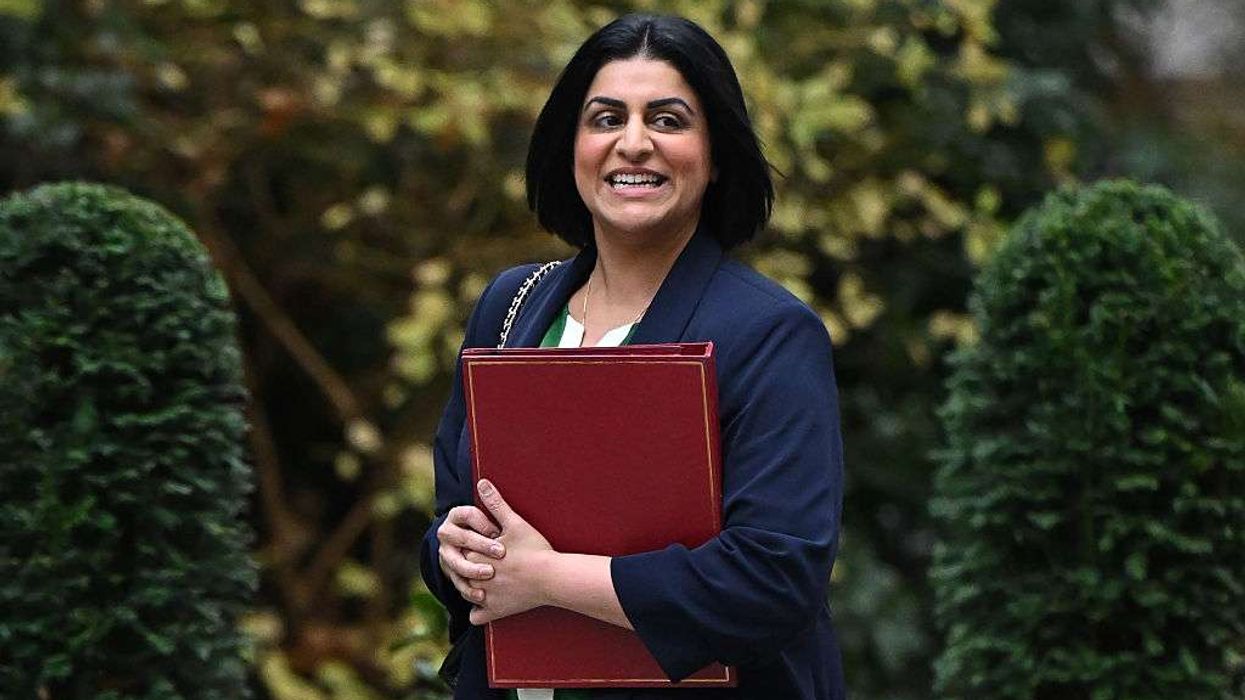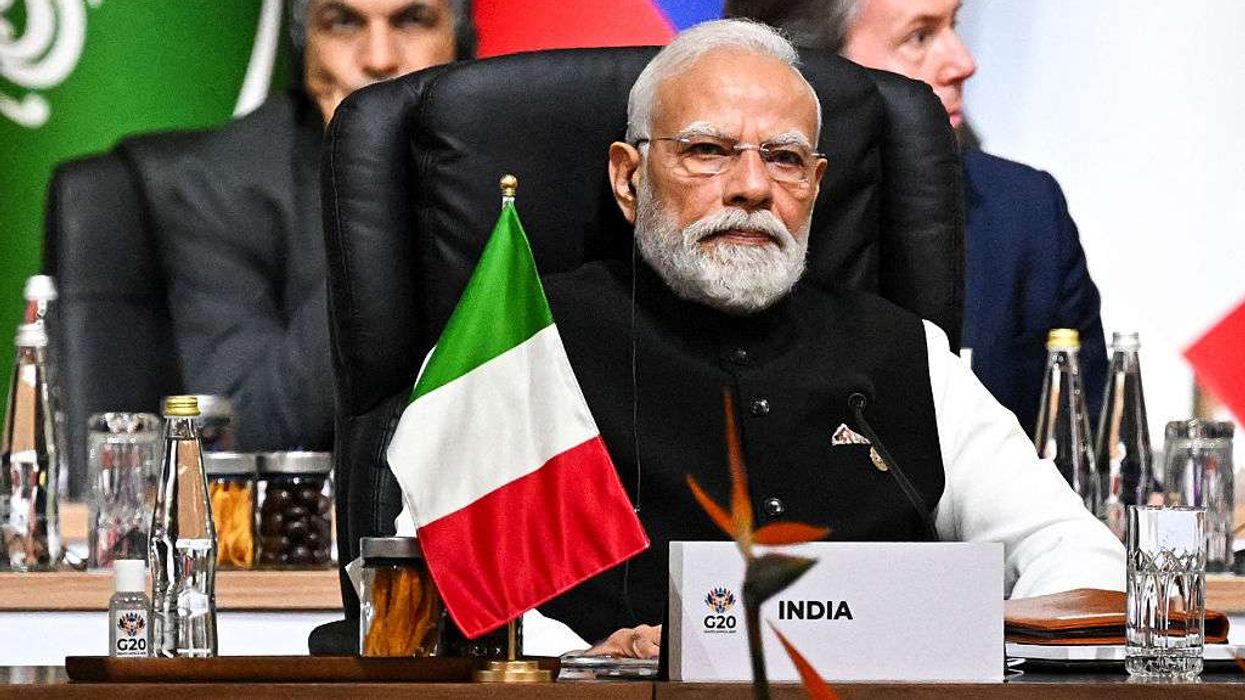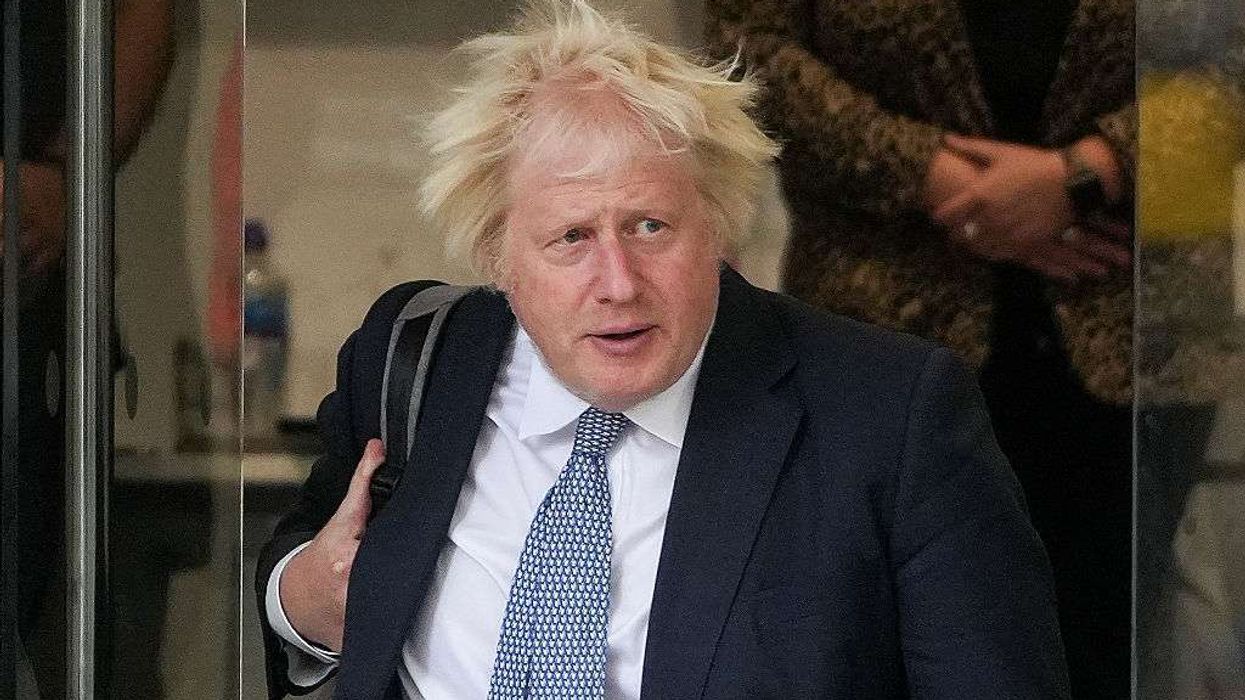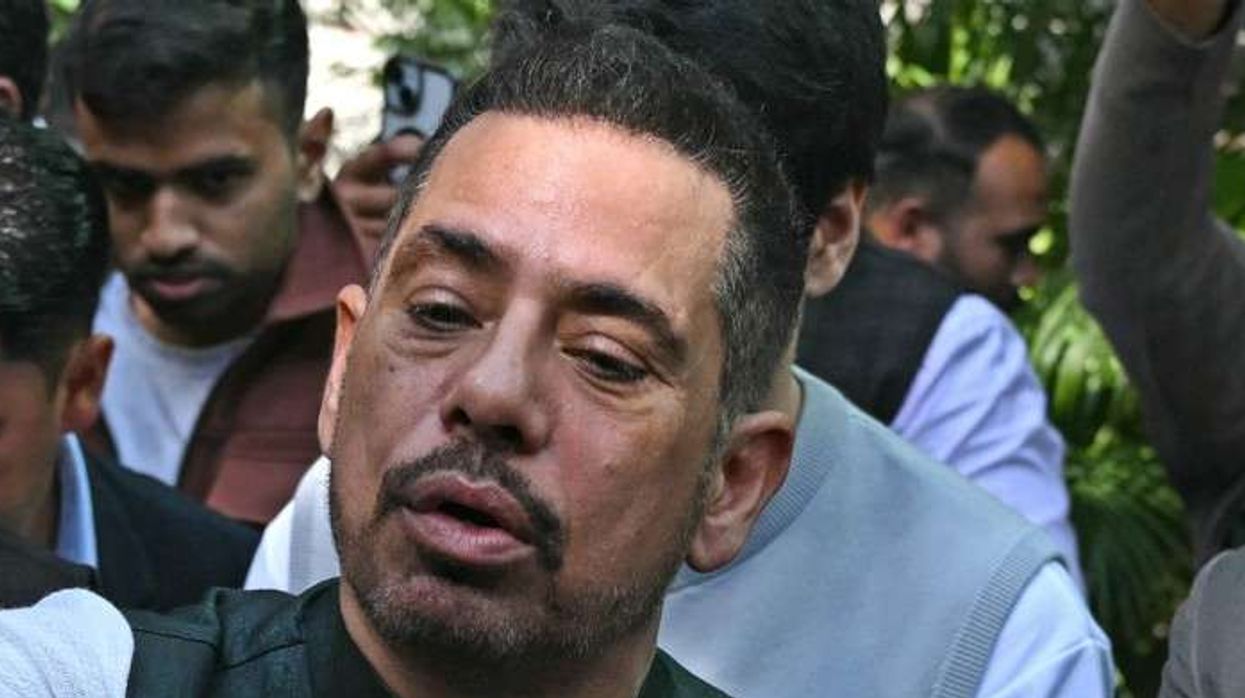INDIA's government on Wednesday introduced a bill in parliament seeking to ban online gambling, citing risks of addiction, financial losses, and possible links to money laundering and terrorism financing.
The proposed legislation could affect a multi-billion dollar sector that includes online poker, fantasy sports, and India’s popular fantasy cricket apps, some of which sponsor the Indian Premier League (IPL) and the national cricket team.
The bill, tabled in the lower house, seeks to prohibit websites or apps from offering games “played by a user paying fees or depositing money or other stakes” with the expectation of winning money.
If approved, the law would impose fines or jail terms on individuals and companies providing online money gaming services.
Lawmakers said the industry’s “unchecked expansion” required regulation, noting that it has been linked to “financial fraud, money laundering... and in some cases, the financing of terrorism.” The bill also referred to the financial and social harm such games could cause to young players.
Industry groups have opposed the proposal, saying it would damage a sector that has attracted significant foreign investment.
The All India Gaming Federation and the Federation of Indian Fantasy Sports said on Tuesday that banning “responsible” Indian operators would drive
(With inputs from agencies)













